A Glimpse Across Canada’s Real Estate Market
We’re constantly seeing increasing growth across the vast majority of Canada’s cities. Great potential in the Canadian real estate market is not just limited to Toronto and Vancouver. Saskatoon, Halifax, London, Winnipeg and Montreal are all so welcoming to buyers and investors. Not every market is equally as strong, but there is so much potential to be a comfortable homeowner or successful investor all across Canada.
Winnipeg’s population continues to rise thanks to a high-degree of immigration and positive job growth, many of this is due to the attraction of it being a capital city. The unemployment rate sits at a steady 6.6%. Transit is more positive than the majority of Canada, with more focus on easing congestion on the roads, as policies were put into place over a decade ago. Farming, manufacturing and biotechnology are the industries of focus on this university-centric city. The average price of a home in Winnipeg is currently $295,500. According to statistics at this time in 2018, the rental vacancy rate was 2.9%. There is an upswing on prices of entry-level homes due to competitive bidding, with semi-detached and detached homes also rising. Consumer confidence is strong, not having the concerns of Western Canada excessive density. “This is a great place for buyers on any end of the spectrum, whether they’re first-time home buyers or boomers, people of any generation can find something that suits their specific needs in Winnipeg,” states Jeff Stern of RE/MAX Performance Realty.
London continues to be a strong place for Ontario home purchasers to feel secure. The population continues to trend at a steady 1% per year. The city benefits from diverse industries including health sciences, technology, manufacturing and agriculture (with more class A agricultural land than anywhere else in Canada), with solid job growth as unemployment remains at 2.9%. Public transportation is on the weak side, but improvements are in the planning stages. The average house price currently sits at $415,000, continuing to even rise through the recession. Consumer confidence is at an all-time high thanks to affordability, especially from an investor perspective. The rental vacancy rate sits firmly at 1.9%. “What people find really appealing is the small town vibe along with great prices, people just want to live here forever, and investors see the potential,” states Justin Konikow of Prime Real Estate Brokerage.
Halifax, Nova Scotia is poised for steady growth with an increase of 120,000 more residents in the next ten years. The city is mostly reliant on the government, but also has an emphasis on education, military and a highly utilized port. Like the majority of Canada, the transit situation is a work in progress. The average house price sits now at $310,000, the highest it’s been in a decade in a very competitive market. Consumer confidence is extremely high with so many people purchasing, the barrier for entry is not a challenge for first-time buyers. The rental vacancy rate is at 1.6%, with plans for additional units in order to keep up with demand. “Thanks to multiple demographics including more young retirees, further increases in immigration and millenials looking for more affordable housing, Halifax continues to be in high demand,” states Chris Musial of Royal LePage Atlantic.
Saskatoon has a population of 272,000, which continues to grow with many focusing on moving towards the suburbs. Job growth is holding steady, although not as strong as it was in the last few years. The main industries are oil, gas, minerals (mostly potash) and farming. Saskatoon is fortunate enough to have one of the best transit systems in the country, which is still always improving. The average house price is $350,000, although this current buyer’s market is looking into a decline after a boom in 2015 – 2016 with an abundance in inventory. Consumer confidence wavers, as it is a positive time for purchasers, but won’t improve for sellers in the next few years. The rental vacancy rate is at 9% due to so many leaving the province, there is such an excess that it’s too easy to find a rental property. “Now is a good time to invest if you plan to focus on the long-term game,” explains Michelle Butler of Royal LePage Vidorra.
The city of Montreal’s population sits now at 1,705,500, with a foreseen slow down in the coming years. Many find it appealing due to post-secondary institutes, the increasing job growth and real estate investment opportunities. The unemployment rate has improved over last year as it now sits at 5.5%. Transit is rather favourable with improvements along the way, including a light rail train which is now in progress. The city is reliant on technology (IT and software development), education, transportation, wholesale trade as well as the film and arts industries. The average house in the Metropolitan area price sits at around $411,000, which is up 5% over the same time last year. Consumer confidence continues to rise even higher, with more and more feeling that now is a good time to purchase. The rental vacancy rate for the city sits at a solid 1.9%. “Montreal is such a safe and exciting place to live, a stable economy along with a lively arts and entertainment sector, it’s unique in its opportunity,” emphasizes Angela Langtry of Century 21 Immo-Plus.

